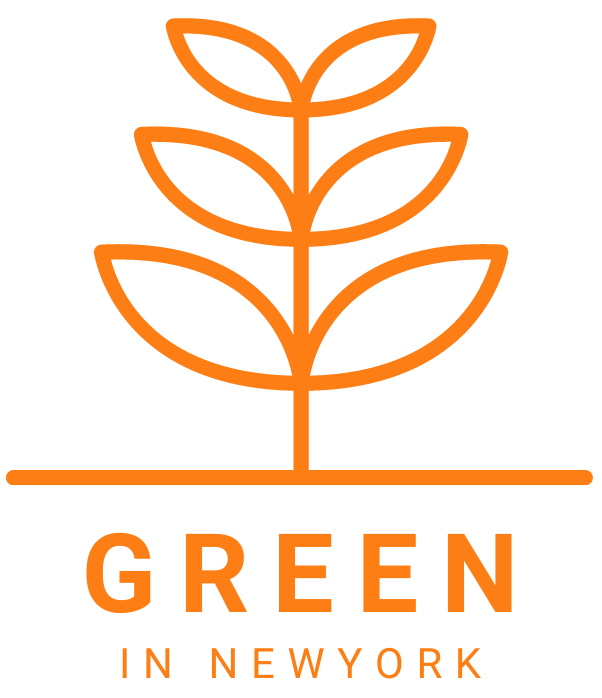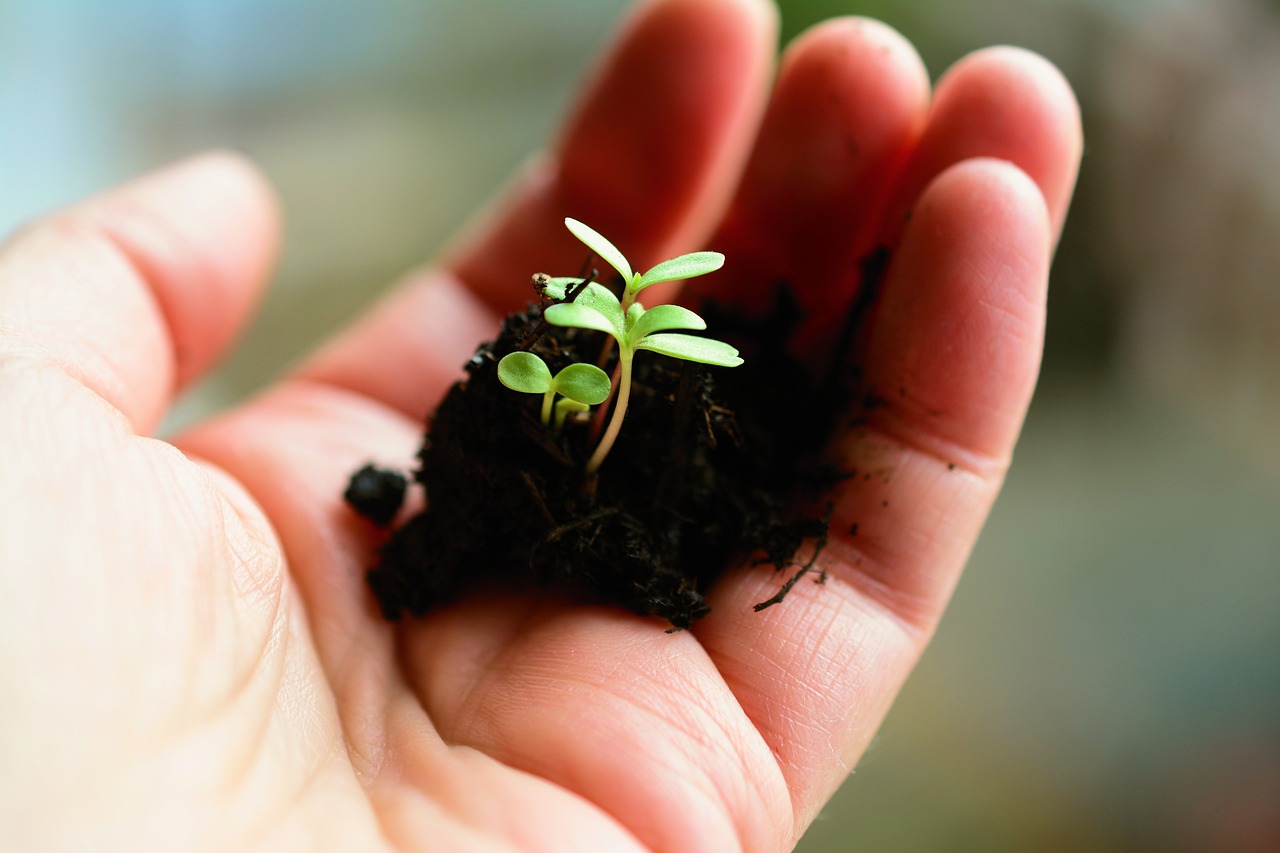The process of domestication of plants has been observed in several species of plant. The introduction of cultivatable plants for human use can be identified by remains of plant species, overabundance of seeds, early plants with starchy seeds, and morphological changes in the cultivated species. For more information, please see the following articles:
Conservation of cultivated plant germplasm
While the conservation of all gene resources is impractical, the primary goal of the process is to conserve representative samples of cultivated plant germplasm as possible. For example, an organization that specializes in plant breeding would conserve the germplasm of all of its cultivated species. Often, the germplasm of threatened species is the best choice, as these varieties are essential to human and animal health and nutrition. The goal of germplasm conservation is to maintain genetic diversity, including desirable alleles of genes.
Genetic resources are plants that have many varieties or genotypes. They have a small population and are at risk of extinction. Preservation of these resources is a vital component of modern plant breeding. Seeds are the most convenient way to preserve germplasm. In addition, they do not lose viability under normal conditions. By contrast, recalcitrant seeds tend to degrade rapidly after being stored for a long time.
Methods of cultivating plants
There are two basic methods of cultivating plants. Hydroponics and soil cultivation both require the use of media to facilitate the absorption of water, nutrients and gases. This article discusses the basic features of these two cultivation methods. Regardless of your preferred method, make sure you consider what your desired growing environment is before starting your project. There are many advantages and disadvantages to each, so let’s look at the pros and cons of each.
Hydroponics is a method of indoor gardening, where the roots sit in an oxygenated chamber while nutrient-rich water is sprayed evenly over them. Aeroponics is another method, which utilizes a system where fish act as an automatic fertilizer. Both methods can be used for home gardens. Hydroponics is the best choice for home gardens, but if you want to grow exotic plants, consider using aquaponics.
Effects of artificial selection and genetic drift on cultivated plants
A difference between natural and artificial selection is the way in which selection takes place. Natural selection occurs in the wild; the plants and animals in artificial selection are not conscious of their genetic makeup and do not have a long-term goal of domestication. Natural selection, on the other hand, occurs in the wild when animals or plants make a conscious effort to improve their traits over time. This process of selection is known as directional selection and is the basis of most genetic improvement programs.
Natural selection does not always lead to better crops or animals. There are many factors that influence plant development. Natural selection takes time, and selective breeding can lead to undesirable traits. Genetic drift can also result in unintended consequences. This is one of the causes for the high rate of plant disease. However, some genetic differences are beneficial. This is one reason why a plant’s traits vary from one variety to another.
Methods of cultivating plants in Nier Replicant
The first step in cultivating plants in Nier Replicant is to gather seeds. You can do this in the small field near Nier’s house. To harvest seeds, you need at least 15 spots. The flower you choose is the White Moonflower, and you can also add fertilizer to your plant to increase its yield. If you’re short on time, you can buy one wheat from the grocer.
Seeds can be purchased from merchants or found in the world, but some of them need to be cultivated. Although this process is not complicated, it does take a while. Cultivating seeds takes around 24 hours. Once you’ve harvested seeds, you’ll have to wait for them to grow to harvest the plants. Once the flowers have grown enough, you’ll need to plant them in other locations, as they need at least 48 hours to germinate.

